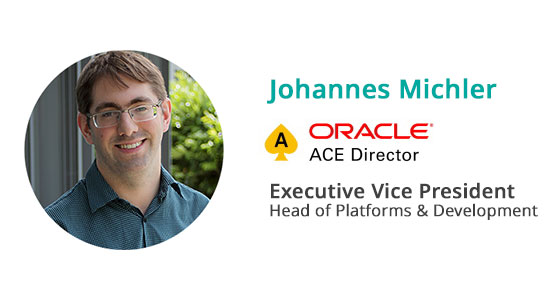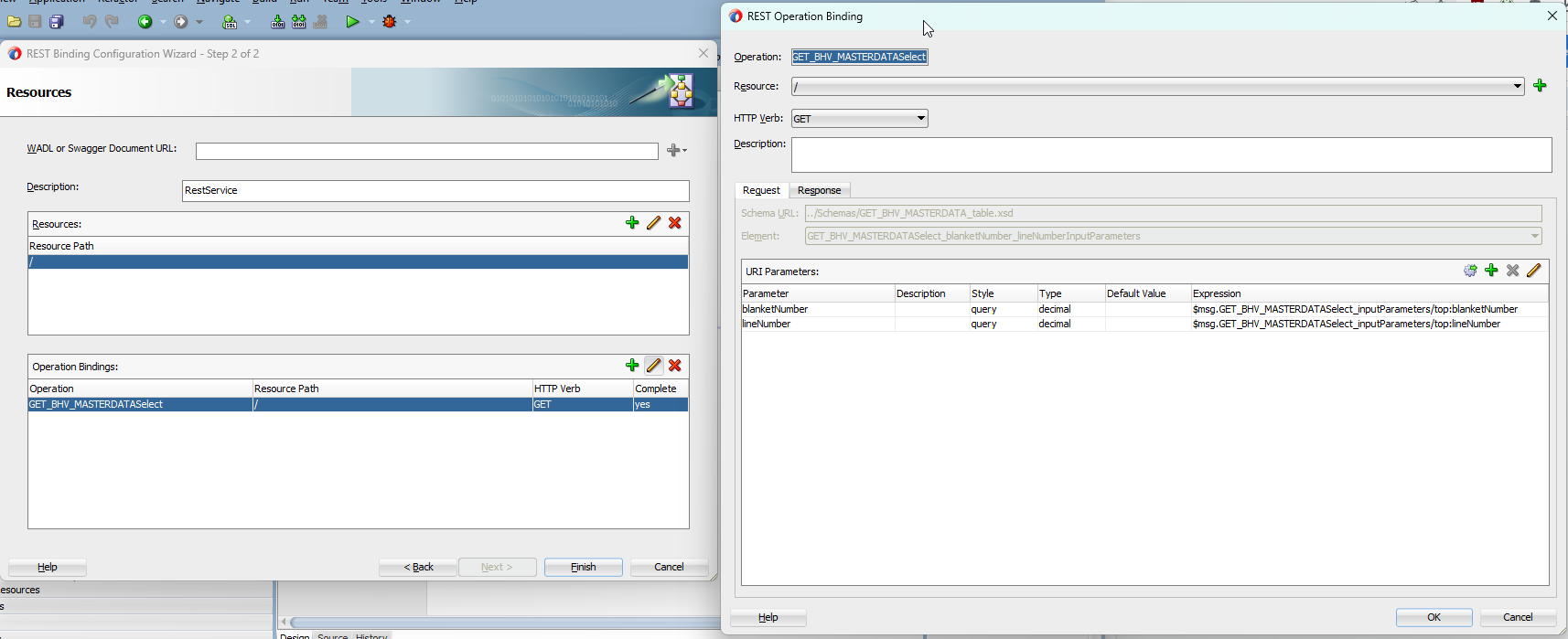
Running Oracle SOA Suite on Docker - Part 2: Installing a docker host


Operating - installing and maintaining – Oracle Fusion Middleware, especially Oracle SOA Suite 12.2.1.4 is quite some work. Not only does installation itself consist of a number of steps, but each quarterly critical patch update also requires applying a number of patches and – especially in simple, single server environments quite some downtime.
This blog post series will cover how to run Oracle Fusion Middleware – especially Oracle SOA Suite on docker. The first post covered the high-level steps of manual installation, Docker and Kubernetes options and has pointers to the relevant Oracle certification documentation.
This second post will then describe how – using OCI and Oracle Linux – a host to run docker containers can be setup up within minutes.
In upcoming posts I will then cover provisioning an Oracle Database instance to hold the meta data of Oracle SOA Suite. In the 4th episode I will look into provisioning and configuring SOA Suite itself. While I will first show those steps in a minimalistic way, to wrap up, the final episodes will cover patching and more advanced deployment options.
Runtime environment - here Oracle Cloud Infrastructure (OCI)
While there are options to running containers in OCI in a managed fashion, e.g. using the Oracle Container Engine for Kubernetes or Oracle Container Instances, the most flexible and often cheapest option to run docker on OCI is by leveraging Virtual Machines. For the purpose of this blog, I've created a new virtual machine in a public network subnet (so it is directly accessible through the internet) as follows:

Creation of a docker-test virtual machine with Oracle Linux 8
In general, "bursting" (so over-subscribing) is a helpful feature to reduce costs; however keep in mind that this is not a good idea when using software that is licensed "by processor core":

Flexible selection of an appropriate compute shape
Installation of docker
After creating the virtual machine ssh into the newly created instance and install docker as follows. If you increased the boot volume size grow the file system appropriately:
ssh opc@193.1.2.3sudo dnf upgradesudo dnf config-manager --add-repo=https://download.docker.com/linux/centos/docker-ce.reposudo dnf install docker-ce --nobestsudo systemctl enable docker.servicesudo systemctl start docker.servicegrowpart /dev/sda 3sudo lvextend -l +100%FREE /dev/ocivolume/rootxfs_growfs /df -h / -- should show 88gbsudo reboot
# For UI start of config tools later:dnf install xauth xterm
After having installed docker itself you can perform a quick test e.g. as follows:
docker run hello-world
This should download and start the hello-world docker container similar to the following screenshot:

First start of the hello-world container
Summary
As shown creating a docker host e.g. on OCI is straightforward. In the next section of the blog, we'll see how we can run an Oracle Database on this Docker host.








